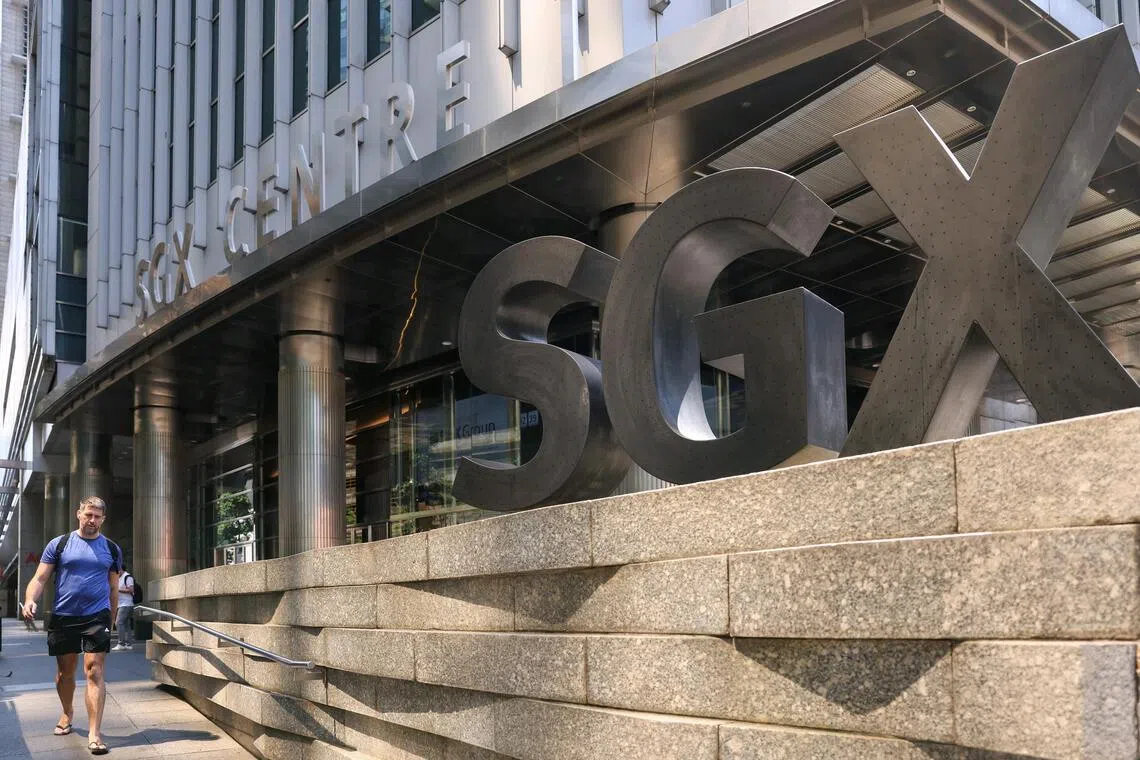STI ends flat, edging up 0.01% amid mixed regional trading
Sign up now: Get ST's newsletters delivered to your inbox

Across the broader market, gainers lead losers 288 to 245, after 1.3 billion securities worth $1.5 billion changed hands.
PHOTO: ST FILE
Young Zhan Heng
Follow topic:
- Singapore's STI closed flat at 4,505.22, a marginal increase of 0.01%, with gainers outpacing losers in a mixed market.
- Regional markets showed mixed performance; Hong Kong, Japan and South Korea declined while Malaysia gained.
- Yangzijiang Shipbuilding was the top performer, while Genting Singapore was the biggest loser; banks were mostly down.
AI generated
SINGAPORE - Singapore stocks ended flat on Nov 19, amid mixed regional trading.
The benchmark Straits Times Index (STI) edged up 0.01 per cent or 0.55 points to finish at 4,505.22.
Meanwhile, the iEdge Singapore Next 50 Index lost 0.5 per cent or 7.15 points to close at 1,446.11.
Across the broader market, gainers led losers 288 to 245, after 1.3 billion securities worth $1.5 billion changed hands.
Key regional indexes were mixed. Hong Kong’s Hang Seng Index fell 0.4 per cent, Japan’s Nikkei 225 lost 0.3 per cent, and South Korea’s Kospi declined 0.6 per cent.
Meanwhile, the FTSE Bursa Malaysia KLCI gained 0.6 per cent.
The best STI performer was Yangzijiang Shipbuilding, which gained 2.8 per cent or nine cents to close at $3.35.
The three lenders ended mostly in the red. DBS Bank ended flattish, rising 0.04 per cent or two cents to close at $53.70.
UOB fell 0.6 per cent or 19 cents to $33.84, while OCBC Bank fell 0.5 per cent or nine cents to $18.16.
The biggest loser was Genting Singapore, falling 2.6 per cent or two cents to 75 cents.
“Asia today isn’t trading outright bearish,” said Mr Stephen Innes, managing partner at SPI Asset Management.
“Japan remains the area where macro and geopolitics are adding complication rather than outright negativity,” he added.
He pointed out that tensions between China and Japan have escalated into a tourism and sentiment shock, but noted that investors are treating it more as a macro headwind to monitor than an “imminent crisis”. THE BUSINESS TIMES

